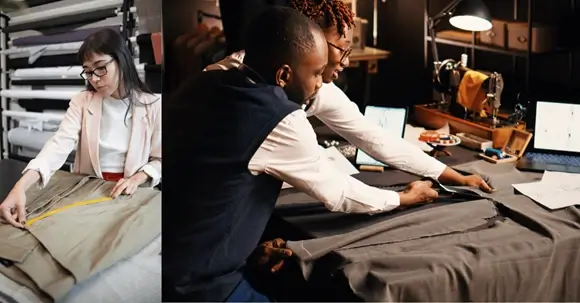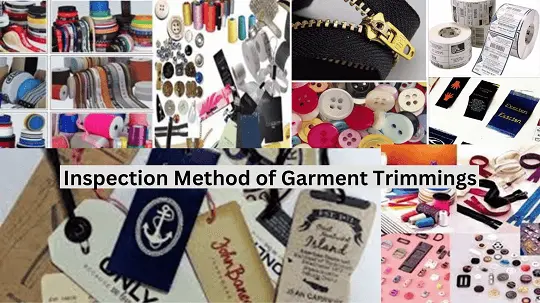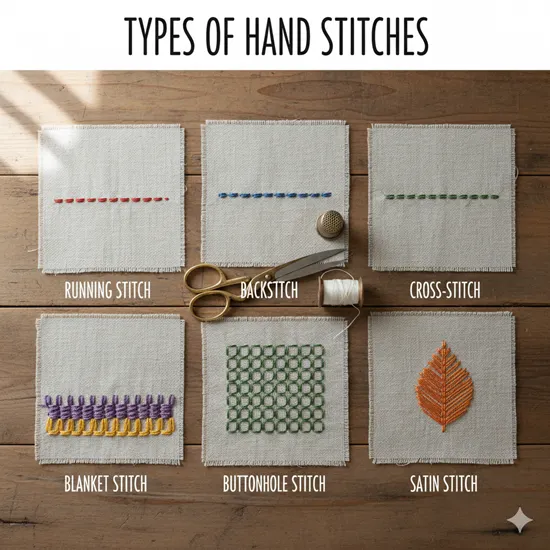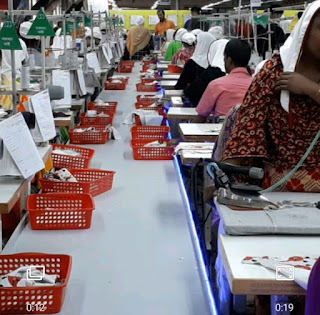Measurement Control SOP of Garments Industry
Measurement Control SOP of Garments Industry
Nowadays, garment manufacturers are facing the most common problem that threatens their business. In this fashion-conscious era, clothing fittings are the key thing; nobody wants to wear loose-fitting clothes. So garment buyers have already tightened their measurement tolerance for garment makers. If you can control garment measurement/ fittings, 70% of quality problems will be solved. There are some major points that need to fit as per the human body shape. In this article, we are sharing details on the Measurement Control SOP of the Garments Industry.
For pants (Bottom garments) main Points of measurement (POM)/ measuring points are the waist, seat or hip, thigh, inseam, back rise, and front rise. For shirts, polo shirts (Top garments), measuring points are chest, sleeve, shoulder, armhole, collar, back length, front length, sweep, waist, and cuff. If a garment’s one measuring point crosses the customer’s tolerance limit, that garment cannot be shipped. Measurement control is the most crucial thing in garment manufacturing. It’s very sensitive and many factors, including controlling fit defects in the garments industry. If you handle stretch fabric, the most difficult part in garment manufacturing is to keep the measurement/Fit within the tolerance limit. Nowadays, it is a big challenge for garment makers to control the high-stretch fabric measurement accuracy.

Factors of Controlling Garments Measurements/ Fit
Measurement Control SOP of the Garments Industry, the following factors are the key:
- Proper Shrinkage calculation- roll by roll, 100% rolls to be checked.
- Setting different patterns as per the shrinkage test range
- Pattern verification, maintain a pattern change log.- Will have good control from size set to bulk.
- Measurement capability evaluation
- Proper Fabric relaxation system– Maintain the minimum relaxation hours required.
- Proper spreading with tension control-
- Proper cutting following the marker paper.
- Proper Fabric feeding and trimming control in Sewing
- Pulling on the sewing machine operation- Make sure no stretching during the sewing process.
- Stitching shrinkage
- Raw garments/ Before wash garments shrinkage checking
- Proper washing, not overwashed or underwashed.- Before and after wash shrinkage calculation follow-up must be there.
- Ironing process.
- Checking and calculating garment shrinkage and finding out the variation between Garments and Fabric shrinkage.



